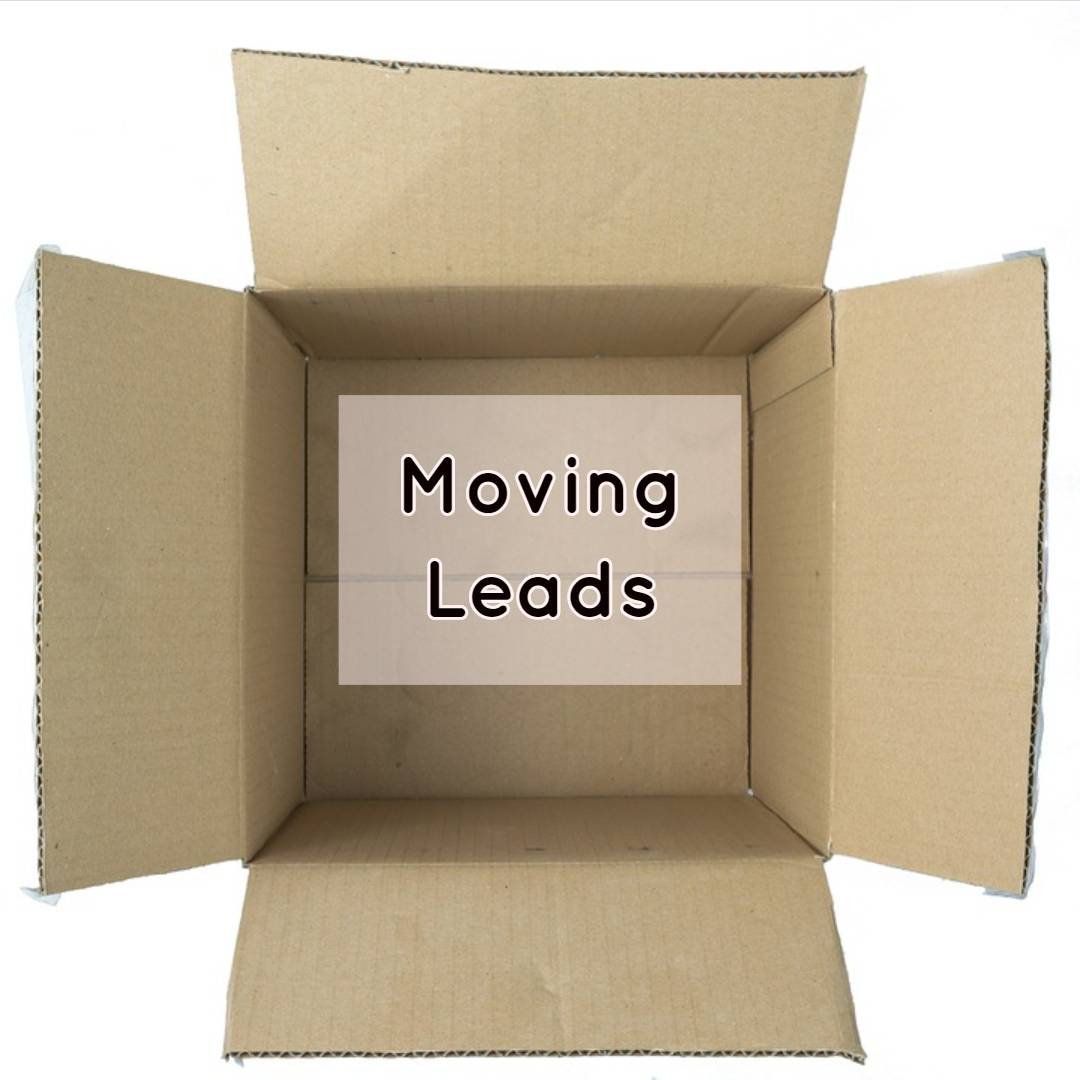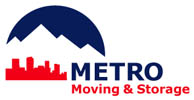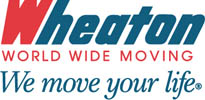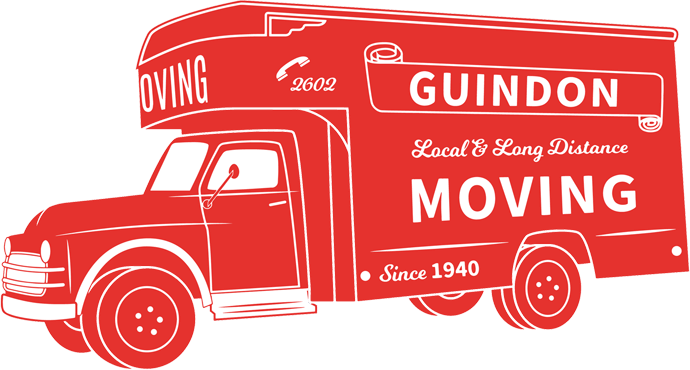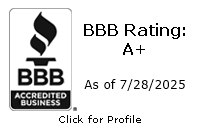How to Buy Moving Leads in 2025
In the highly competitive moving industry, the ability to generate quality leads can make or break a business. With over 20,000 moving leads sold daily in the U.S., movers often face the challenge of navigating a crowded marketplace. To stand out, businesses must carefully evaluate their strategies for acquiring leads, balancing immediate solutions like purchasing leads with long-term approaches such as ad campaigns and organic lead generation.
This comprehensive guide will explore the different types of moving leads, strategies to maximize ROI, and alternatives to lead buying, helping you make informed decisions to grow your business sustainably.
Moving Leads: Quality Over Quantity

When it comes to buying moving leads, prioritizing quality over quantity is essential. Cheap, low-quality leads might seem like a bargain, but they often lead to wasted resources and poor conversion rates. High-quality moving leads are exclusive, verified, and targeted to your company’s service area and specialties.
High-quality leads offer several advantages, including higher conversion rates due to better targeting, reduced time and resources spent on unqualified prospects, and improved ROI from exclusive leads that limit competition.
Tips for Choosing a Quality Leads Provider
- Prospect Limit: To ensure a better ROI, determine how many moving companies the aggregator sells each lead to. Find a service that limits its leads to 3-5 moving companies. It will be more expensive, but you’re much more likely to book an appointment.
- Set Budgets: It will help you immensely to choose a service that allows you to set a daily or monthly budget. That way, you can set it and forget it, knowing your finances will stay in check.
- Void Bad Leads: The best providers will have an easy process for voiding illegitimate leads.
- Licensed and Insured: Find a service that requires its moving companies to be fully licensed and insured. It will attract the best potential customers and keep your brand image intact.
- Check Site: If you scroll to the bottom, is the copyright year current? An outdated site means they’re less likely to pay attention to details or are plain careless.
For example, a few lead providers include Moving.com, Equate Media, and Quote Runner.
Types of Moving Leads
Understanding the types of moving leads available can help you choose the ones best suited for your business needs.
- Local moving leads target customers seeking short-distance moves within a specific area.
- Long-distance moving leads cater to interstate or cross-country relocations, which typically involve higher-value jobs.
- Residential moving leads focus on individual and family relocations, often involving household goods and personal belongings.
- Commercial moving leads are designed for office, industrial, or corporate moves, requiring precise planning and logistics expertise.
- Office moving leads target businesses looking to relocate their offices, a niche service that demands careful scheduling and professional handling.
When considering moving leads, it’s important to note the distinction between shared and exclusive leads. Shared leads are sold to multiple moving companies, making them more affordable but highly competitive and less likely to convert. In contrast, exclusive leads are sold to just one company, offering a higher likelihood of conversion due to reduced competition, though they come at a premium price.
Cost and ROI
The cost of moving leads varies depending on their type and quality. Shared moving leads typically range from $5.95 to $9.95 per lead, while exclusive leads range from $15 to $40 per lead. Costs can also fluctuate based on the complexity of the move. For instance, local, labor-only moves often result in cheaper leads, whereas long-distance or commercial moves command higher prices.
When evaluating ROI, consider these factors:
- Conversion rates: Exclusive leads typically have higher conversion rates than shared leads.
- Job value: Weigh the cost of leads against the revenue potential of the jobs they generate.
- Additional expenses: Account for administrative costs, such as call follow-ups and CRM tools, to get a clear picture of ROI.
While buying leads can yield immediate results, it’s worth noting that ad campaigns and organic lead-generation processes, such as search engine optimization (SEO), often provide better long-term value by attracting prospects who are actively searching for your services. Pay-per-click (PPC) ads allow you to control your ad spend, while SEO investments can yield ongoing results without repeated costs per lead.
Higher Conversion Strategies
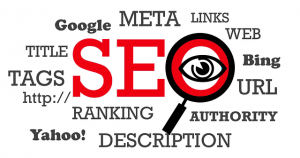
Buying leads is just one way to grow your moving business, but diversifying your strategy can yield better results. Invest in digital advertising, such as pay-per-click (PPC) campaigns, to target customers actively searching for moving services. By using platforms like Google Ads and Facebook Ads, you control ad spending and demographics for higher-quality leads.
Additionally, focus on organic lead-generation processes, such as optimizing your website for SEO, publishing valuable content, and creating referral programs to encourage satisfied customers to spread the word.
To secure more moving jobs, consider offering specialized services like office relocations, leveraging direct moving leads for higher conversion rates, and maintaining a strong online presence through positive reviews and active engagement. Combining immediate solutions with long-term strategies ensures consistent, high-quality lead generation and sustained business growth.
As Bob Ottaway, founder of Marketers for Movers, says, “Marketing is not a button you push. It’s a long-term strategy cultivated for building a brand. Compared to buying leads, Google Ads provide far better conversion rates, and organic strategies may require patience, but these approaches deliver the highest ROI in the long run.”
